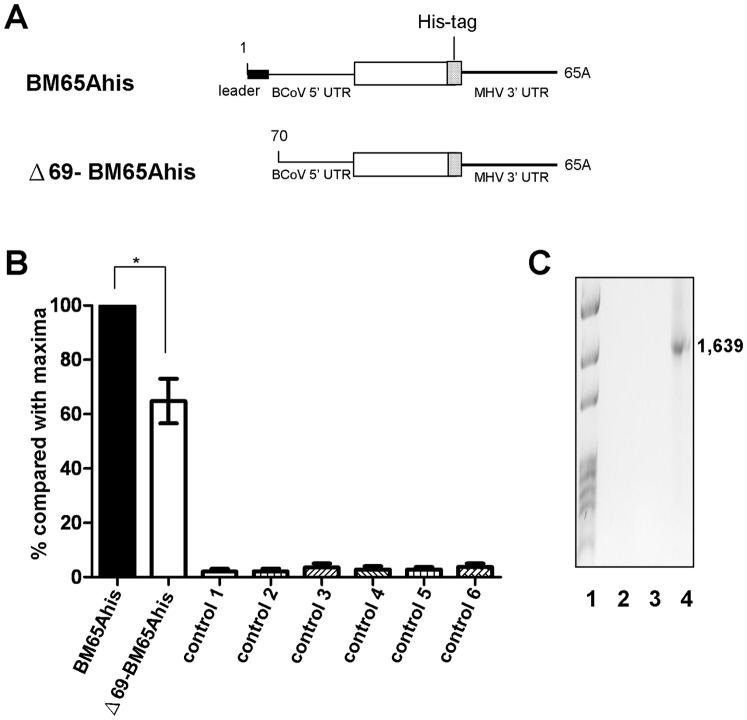Figure 3. Effect of leaderless DI RNA on negative-strand synthesis.
(A) DI RNA constructs used to test the efficiency of negative-strand DI RNA synthesis. (B) Quantitation analysis of negative-strand DI RNA synthesis, as measured by qRT-PCR. BCoV-infected HRT cells at 2 hpi were transfected with the indicated DI RNA, and total cellular RNA was extracted at 8 hpt to determine the efficiency of negative-strand synthesis for BM65Ahis and Δ69-BM65Ahis. Controls for qRT-PCR: control 1, total cellular RNA from mock-infected cells; control 2, total cellular RNA from BCoV-infected cells; control 3, total cellular RNA from BM65Ahis -transfected mock-infected cells; control 4, total cellular RNA from Δ69-BM65Ahis -transfected mock-infected cells; control 5, a mixture of BCoV-infected cellular RNA extracted at 8 hpt and BM65Ahis transcript; control 6, a mixture of BCoV-infected cellular RNA extracted at 8 hpt and Δ69-BM65Ahis transcript. (C) RT-PCR to detect potential recombination between the BCoV genome and DI RNA. The same strategy described in Fig. 2E and 2H was used here for the detection of potential recombination between the BCoV genome and BM65Ahis (Fig. 3C, lane 2) or Δ69-BM65Ahis (Fig. 3C, lane 3). A recombinant DNA of 1,639 nt was produced to serve as a size marker, as described for Fig. 2E and 2H. The values (B) represent the mean±SEM of three individual experiments. *p<0.05.

